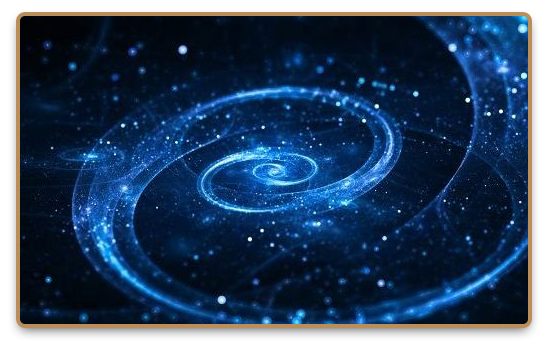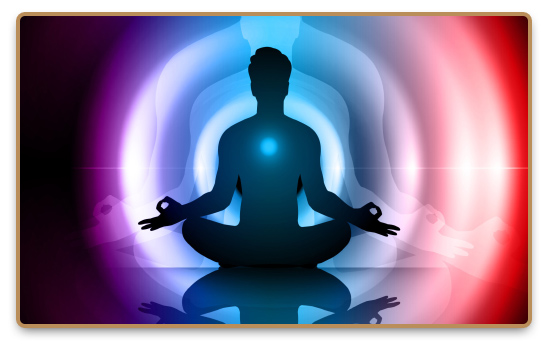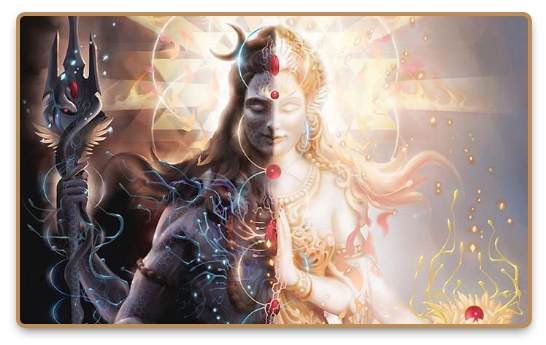
10 Feb Shakti Energy: The Feminine Force of the Universe Explained
What Kind of Energy Is Shakti Energy?
Shakti energy is a special type of energy specifically linked to the Hindu religion and tantric practices, and as the name implies, Shaktism, a special sect of Hinduism. In Sanskrit, it actually means “power” and the root of the word comes from the verb for “to act”.
According to Hindu beliefs, the cosmic energy of the universe can be divided into two main forms, a masculine and feminine that remain in a balance between each other.
The masculine is personified by the god Shiva and the feminine by the goddess Shakti. Both energies can be found simultaneously in people. The two energies both have different qualities. For example, the masculine is more stable and unchanging with a focus on awareness, whereas the female shakti energy is more fluid and flexible with a focus on creativity and emotion. She is thought to be the creator and destroyer of the world.
It is also claimed that she is the link between one’s mind, body, and soul. The concept of the feminine energy or manifestation as a counter to the masculine is a common theme in Hinduism, as nearly every masculine god in the Hindu pantheon has a feminine consort. In a way, the masculine has no power without the feminine, because Shakti is power itself. The masculine just harnesses and uses the power.
In addition to promoting harmony within ourselves, the proper balance of Shiva and Shakti energy can also promote harmony, compassion, and joy in our interpersonal relationships. To maintain balance in sexual attraction, the dominant Shiva or Shakti energy of one person will often attract the opposite energy partner.
While people’s experience of this sexual dynamic may be influenced by contemporary societal difficulties, including changing gender roles, finding balance is still essential for both personal well-being and relationship stability.
In Tantra, the combination of the energies of Shiva and Shakti is the dominant theme that goes beyond the common sense of dualism, which sees things as separate entities such as subject and object. Instead, it moves toward a non-dual awareness that is often referred to as the pinnacle of spiritual awakening or enlightenment.
In many spiritual traditions, duality is seen as the source of suffering and uncertainty. It involves seeing oneself as separate from the cosmos. Tantra, on the other hand, aims to dispel this illusion of separation, implying that true spiritual enlightenment is found in the realization that Shiva (consciousness) and Shakti (energy) are one and the same. Living a happy and contented life is practically influenced by the inner union of Shiva and Shakti. Practitioners often report feeling calmer, more fulfilled, and more connected to the world. Deep insights into the nature of self and reality are also associated with this state of being, which can lead to significant shifts in perception and overall well-being.
See How to Measure Shakti Energy with a simple device.
Sometimes shakti energy is likened to qi / chi, or prana. It can be argued that it’s merely another conception of the same subtle energy that flows through all living things.
Where Does the Term Shakti Energy Come from?
It is unclear exactly when Shakti first developed, but one of the first written mentions was about 3,500 hundred years ago in the Rigvedas, however, there may have been physical representations dating back as far as 9000 BCE of a triangle form thought to symbolize a vulva. It can be argued that this was worshipped as a yantra, or mystical diagram.
It has been claimed by scholars that this is in fact a symbol of the female goddess. Despite being worshipped for such a long time, the full scale development of Shaktism did not take place until Medieval times and now how grown to have an extremely large following.
What Can Shakti Energy Be Used for?
The physical manifestation of Shakti, the goddess Shakti, sometimes called Adi Parashakti, is the basis of one of the main sects of the Hindu Religion, Shaktism. It is especially popular in the North-eastern Indian states of Assam and Bengal. In general, all feminine deities are considered various incarnations of Shakti, or she’s simply called Devi, or goddess.
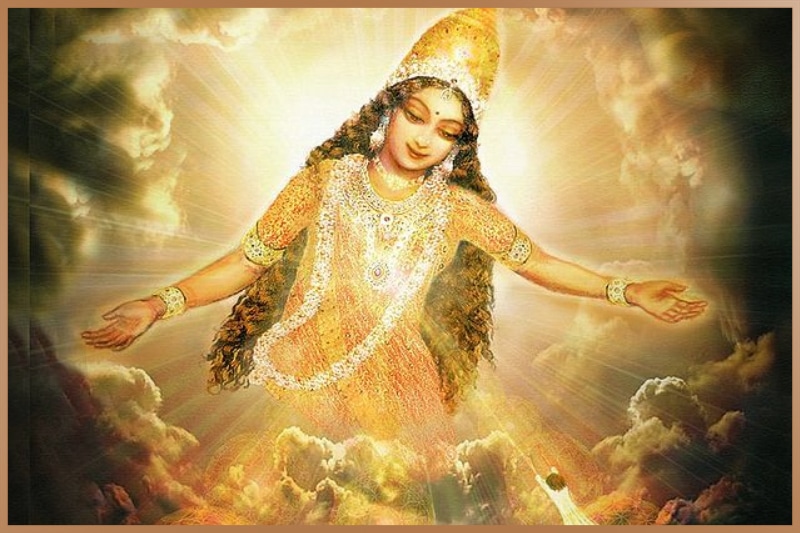
Shakti Energy Described as the Feminine Force
Women in Hindu culture are often thought to be human manifestations of this power. Therefore, it can be argued that this gives women a certain level of respect in cultures that have a deep focus on this belief. This could be argued as one of the reasons why women may hold a high status in Indian culture. Even in ancient times, there were female priests and philosophers and it is argued that this comes directly from the idea of femininity being a form of power.
Shakti Energy Manifested as Serpent Power
In one of its forms, kundalini energy or serpent energy, it lays coiled around the base of our spine. Through different yogas, meditations, exercises, mantra, and breathing exercises, this energy can be unleashed and pulled up through our sushumna channels and brought to its peak at the crown chakra (sahasrara). Once this happens, one often finds themselves in a very pleasurable state called samadhi, where one can let go of their ego and reach full awareness of their true selves. From this point, one can bring their consciousness to other planes connected to the different chakras.
There are some claims that people can use kundalini energy to achieve mystical superhuman powers, but these may just be exaggerations. The most compelling use of this energy is for healing. Though many new age types are exalting its powers to heal a wide variety of ailments, there have been some legitimate studies that show that kundalini energy can be helpful in the treatment of addictions and for breaking bad habits. It is unclear from the studies how much of this effect is specifically due to this energy or just a meditation or yoga routine in general, it still remains a fascinating area of future study.
Harnessing and Building Shakti Energy
In general, Shakti energy is thought to be a path to true consciousness.There are different ways to harness the power of this energy.
One is alternate nostril breathing or nadi shodhana. The basic method is to sit comfortably on the ground and to breath in and out through alternate nostrils, using the thumb of the right hand to close the right nostril and the index and middle fingers of the same hand to close the left nostril. This method is thought to induce relaxation, stimulate energy in the root chakra and third eye chakras, and increase awareness.
It is argued that a loss of Shakti energy can manifest itself as illness, stress, or a general feeling of being drained. Therefore, it’s important to find activities that maintain one’s Shakti energy, such as having alone time, seeking out silent moments, and spending time in nature.
Start measuring today
The Egely Wheel is trusted by thousands of people who practice yoga, telekinesis, meditation and healing. This device is the best solution for measuring your energy flow and efficiency of healing, and you get instant feedback.
Some claim that Shakti energy grows within people over time and becomes stronger through a regular yoga or meditation practice. When one begins to be aware of the energy growing with them, they can often describe this as a pleasurable experience, leading to a stronger lust for life and better appreciation of sensory experiences.
The Power of Shakti Embraced by New Age Thinkers
Like many Eastern traditions, especially from the Indian sub-continent, this concept has been adopted into numerous new age philosophies. Some believe that our bodies, minds, and spirit are all connected though 18 pathways called the Shakti Circuit. Opening this can be empowering and liberating and can cause one to develop similar feelings as described above.
Expansion of Shakti Energy in the West Indies
The use of Shakti energy is not limited to India or new age thinkers. A lot of Hindu thoughts became exported to the West Indies and Caribbean through trading lanes. Shakti temples exist on many of the islands and they can be of sizes ranging from just shacks to more elaborate buildings. An intermediary will channel the energy of the goddess through them and transmit it to those in need of healing. Such practices can include brushing the patients with neem fronds. They are also encouraged to give confession and afterwards receive advice on how to proceed with full devotion. Even spectators have been known to receive secondary power from the rituals that can be seen as quite cathartic.
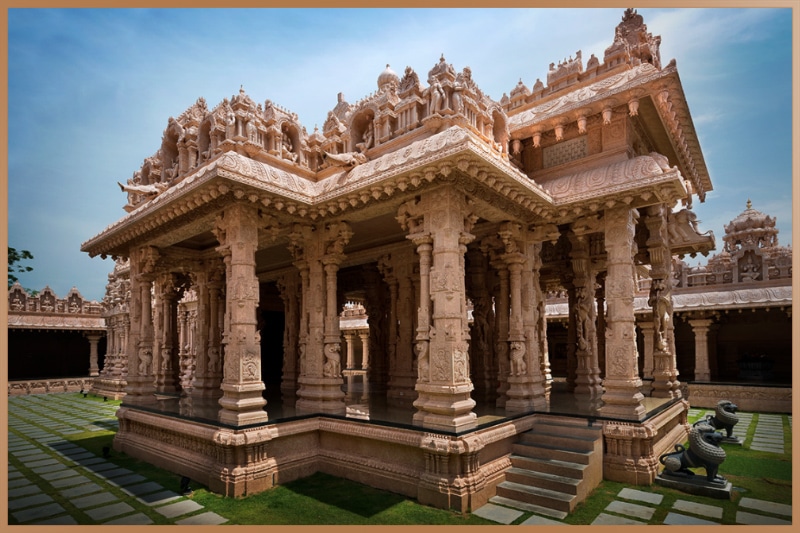
Despite the popularity of conventional medicine, energy healing remains popular, if only as a way to healing one spiritual ailments.
Updated: July 14, 2024. – This article was originally published on February 10, 2021.
Discover more types of Life Energy
-
Vitality: The Science and Effectiveness Behind It
Vitality is a word that refers to one’s life force or energy level, depending on the context. In new age thought, it has direct effects on our health. Learn more...
-
Tachyon Energy: The Curious Story
Tachyon energy is a new age concept based upon a theorized subatomic particle that can travel faster than the speed of light. Learn more...
-
Subtle Energy: What Is It and How Can We Use It?
Subtle energy is a blanket term for a variety of related concepts. Essentially, it’s energy that exists outside of the frameworks of modern physics. Learn more...


